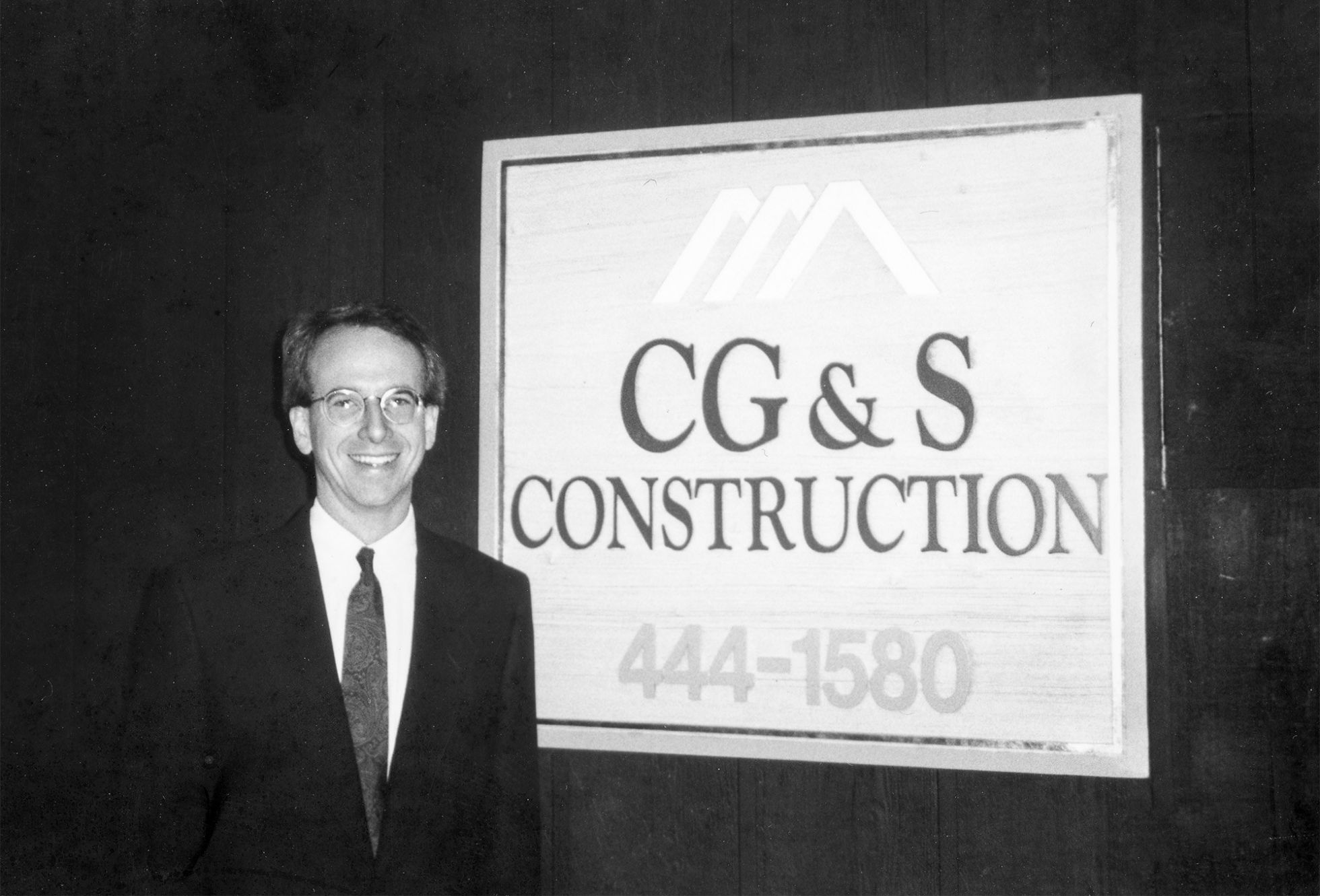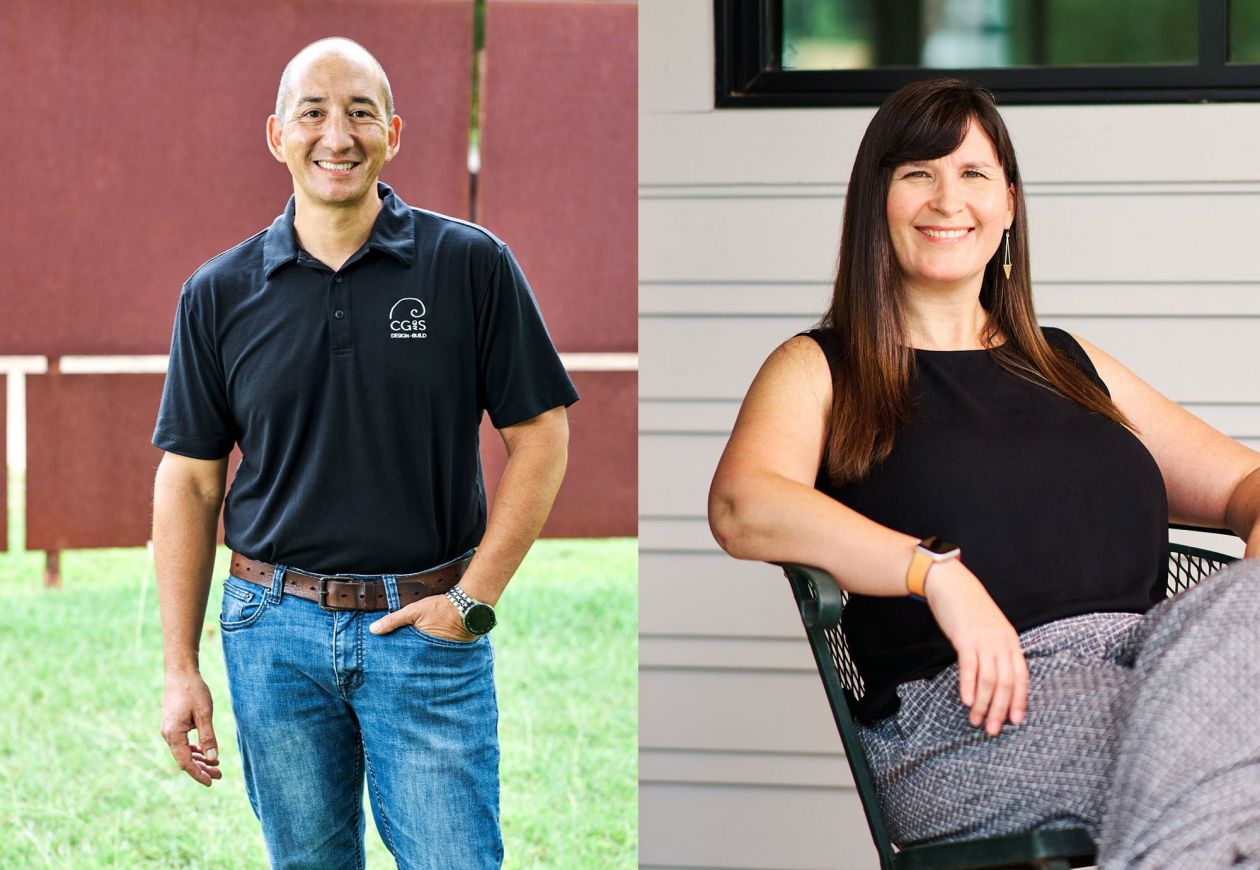
Thirty years ago, Stewart Davis took a mighty leap.
He left a stable gig at an architecture firm specializing in designing hospitals and joined CG&S Construction. His wife, Dolores Davis, had just joined her family’s business in 1992, and well, we can’t know for sure but maybe that had something to do with Stewart making the jump as well. CG&S was interested in incorporating architecture into its construction services. This was the mid ‘90s, and “design-build” was just becoming a thing. CG&S had recently gone through a major ownership change with several of Dolores’ brothers buying out the founders, their parents, Clarence and Stella Guerrero. At that middle stage, John Guerrero was convinced after attending a seminar on the nascent design-build concept that adding an architectural component would give CG&S flexibility, independence, and competitive advantage over other firms in town. To the best of anyone’s knowledge at the time, CG&S was the first remodeling company to do so in Austin.

Core group in the mid '90s, left to right: Stewart Davis, John Guerrero, Dolores Davis, Billy Guerrero, Thomas Guerrero & Jeff Whorley
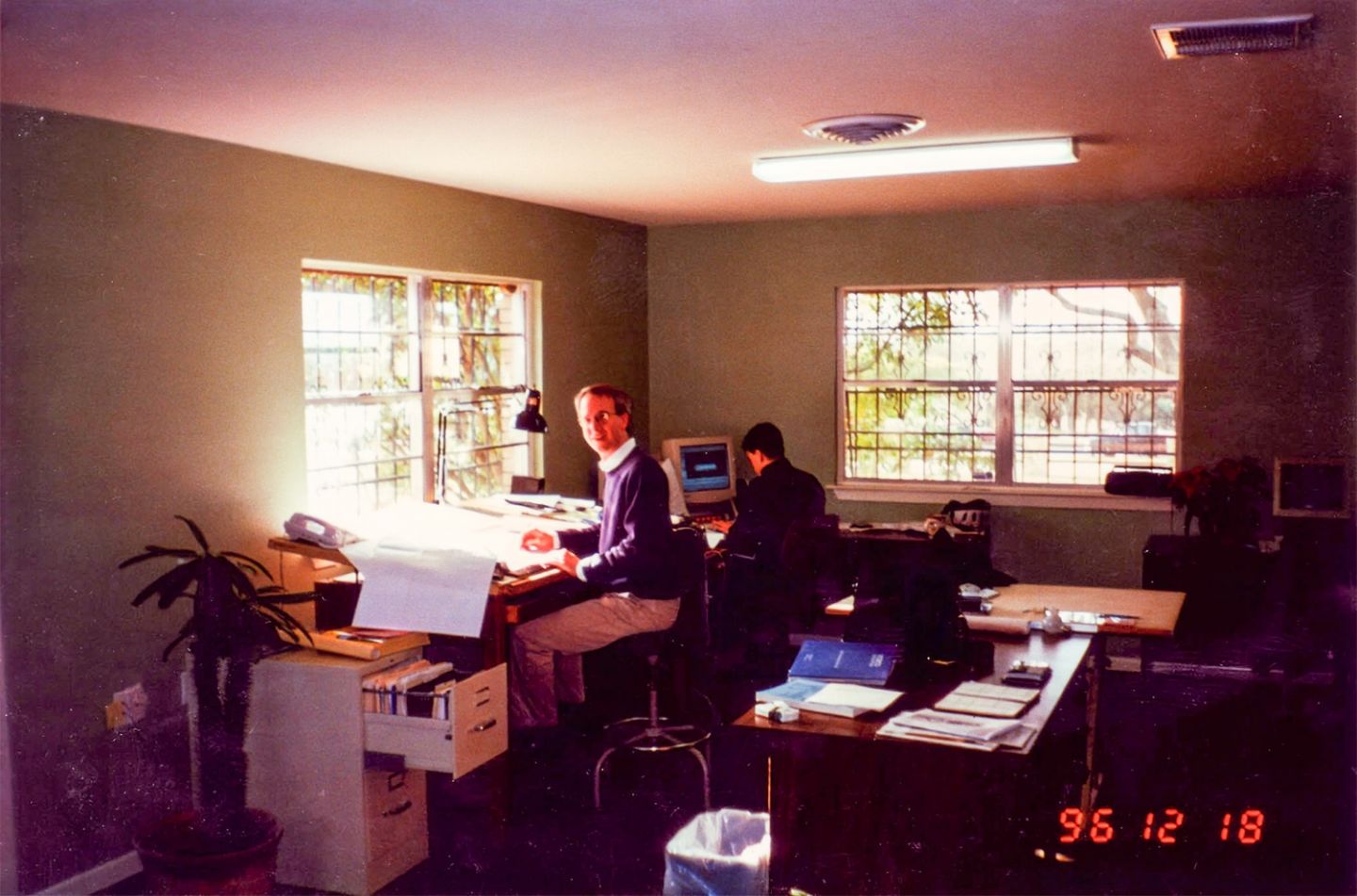
At first Stewart provided design and drafting assistance for projects already in the works, like working out construction details or figuring out schematics beforehand rather than improvising in the field. But it wasn’t long before Stewart’s theoretical interest in articulating what exactly the design-build process was in general, and how it would apply to CG&S in particular, took hold. From that curiosity emerged a specific process that complemented CG&S’ other construction systems that John had implemented. Stewart began designing entire projects before construction had commenced, developing whole plan sets and specification manuals that dictated every aspect of projects going forward.
As a manager, Stewart knew he had to build a robust team of talent on the design side, and year by year the roster grew with designers given wide latitude to express themselves while emphasizing the client’s style is the highest priority. The rebrand of CG&S Design-Build at the beginning of the millennium heralded the beginning of the company as it exists today, with a full-fledged architecture staff, interior design staff, 3D modelers, estimators, and as always since the beginning, construction staff and in-house carpenters.
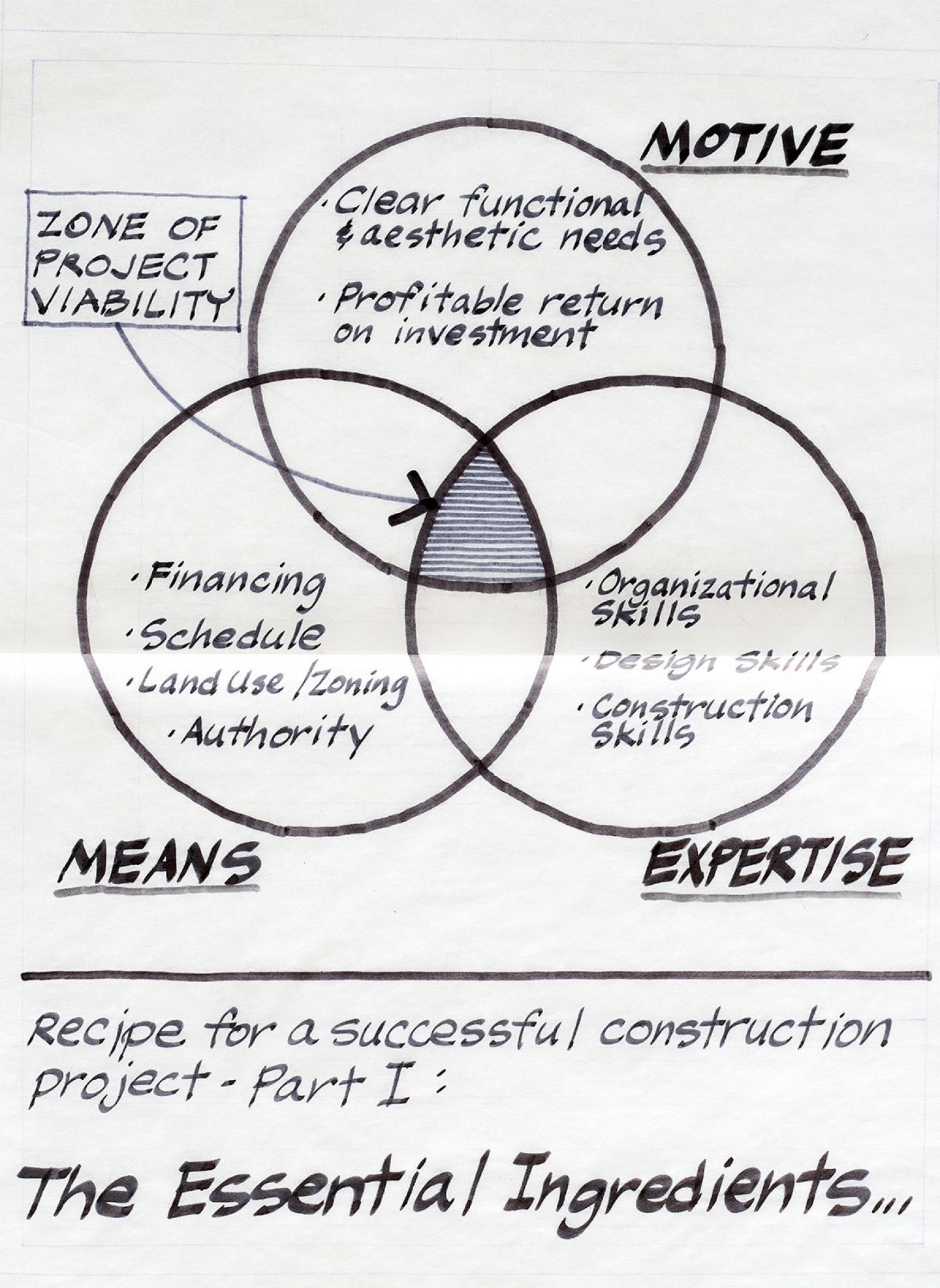
Behind the growth of the firm was always Stewart’s tinkering with the design-build process. I’m talking about hundreds of drawings and graphics, reams of notes, revisions, and efforts to communicate these insights with an eye toward refining and implementing procedure. In the construction world, theory doesn’t always mesh with reality; it’s difficult to move the ways of an entire industry and convince the conflicting cultures of architecture and construction to harmonize. And of course there are many in the industry that would argue this should never be attempted. But Stewart totally felt this was possible, a belief that goes back to thinkers like Christopher Alexander who felt that the schism between architect and builder was an unfortunate development in the history of building brought about by modernism, and that the unification of the two was desirable in contemporary times.

Whatever the case, when Stewart became an owner alongside Dolores in 2018, he had the chance to implement a new iteration of his ideas that we now call the CG&S Way, developed closely with CG&S staff from every department. The Way doesn’t overhaul the concept of design-build as much as clarifies its implementation. Taking everything learned from design experience in the trenches, working closely with construction pros and trades, to his newer role in sales, the effort is a capstone of reimagining the design-build process after 30 years of puzzling over the problem.
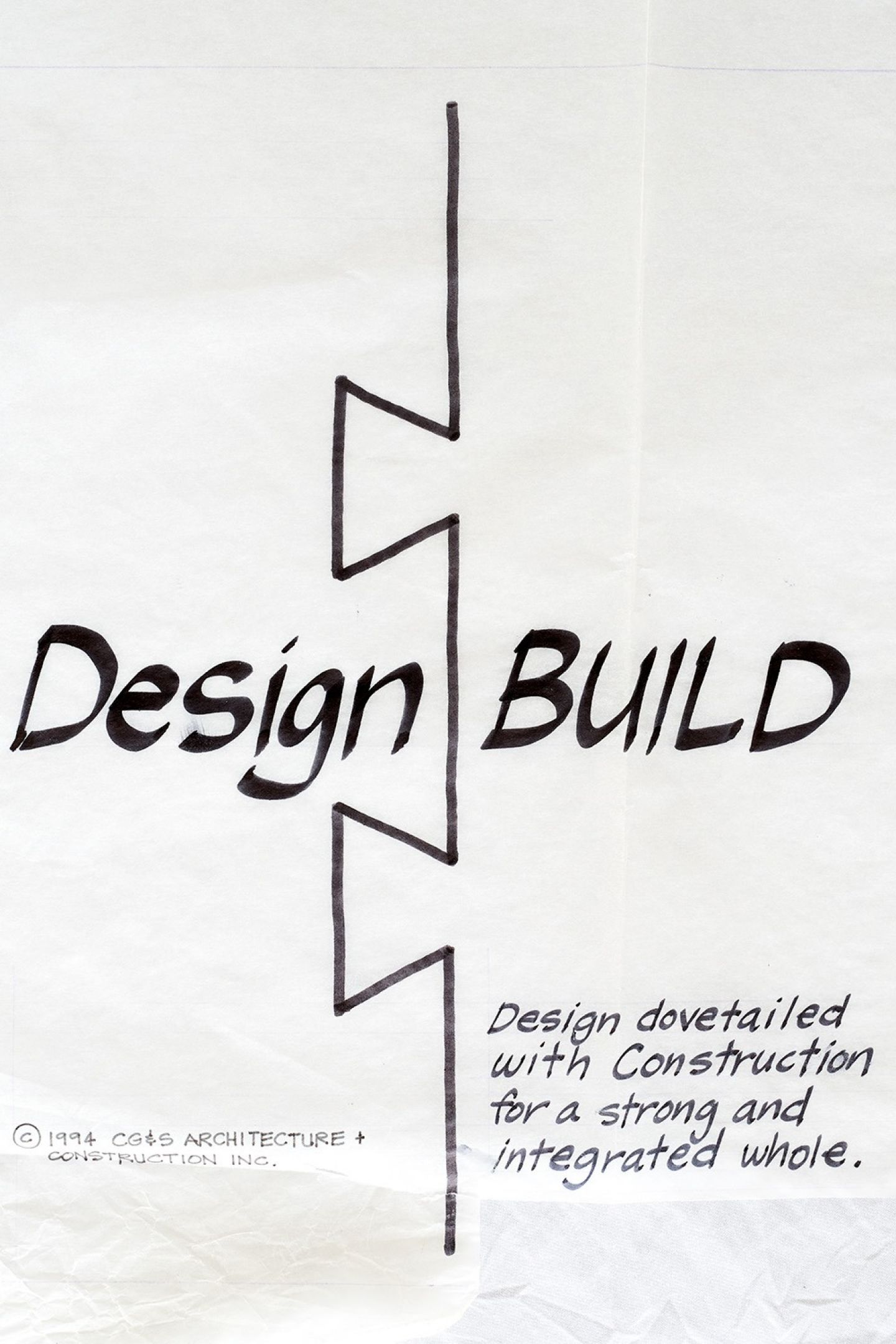
We are already seeing positive results from the CG&S Way. And we’re happy to share it, for what is knowledge worth if it does not find a successor or influence the field? We salute Stewart for his 30 years of service to the firm and making it what it is today. And I can guarantee you, these will not be the last little drawings in endless notebooks working out the process of designing and building homes in Austin that stand the test of time. When you care about something deeply, innovation has no end.
